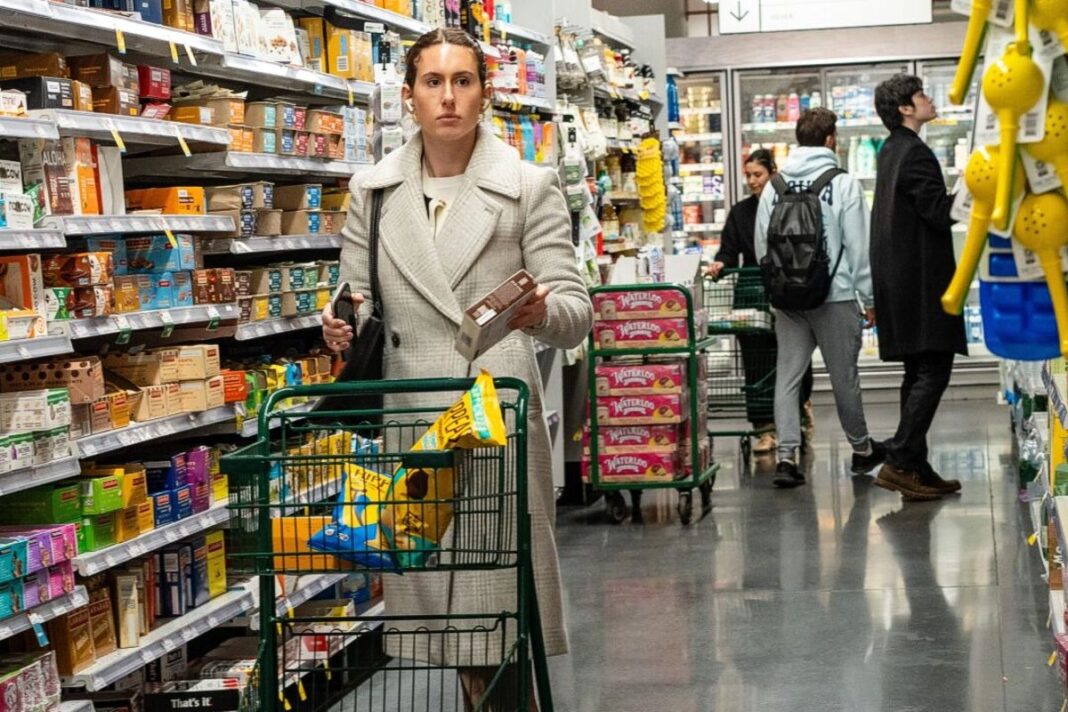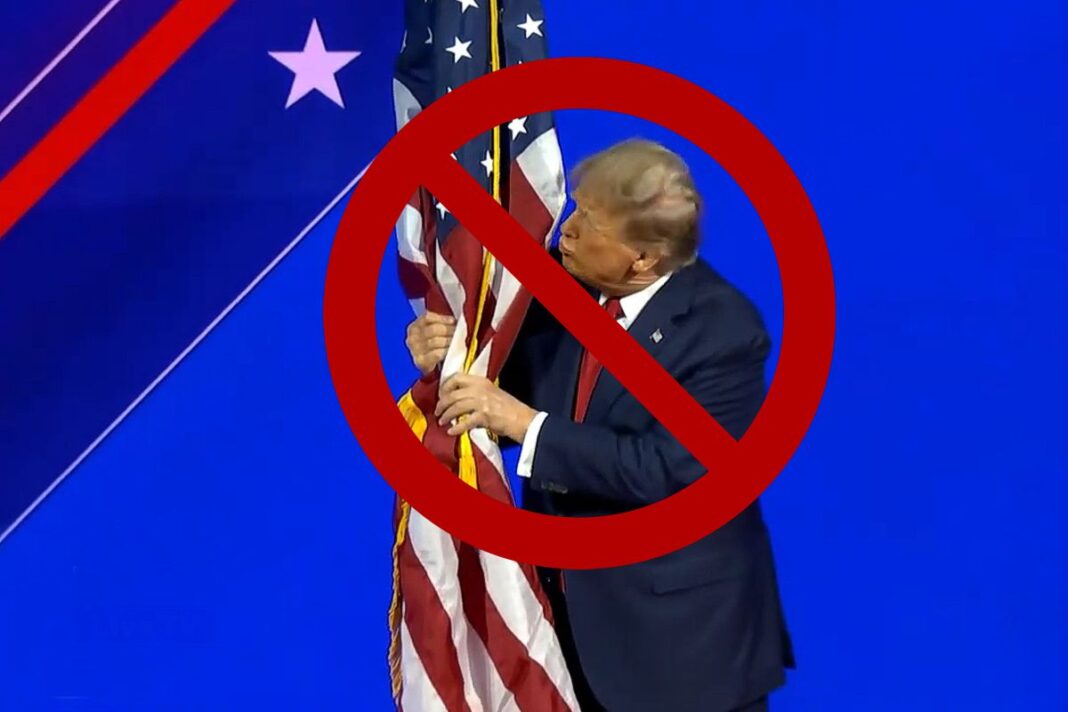From household spending to the value menu at McDonald’s—experts are noticing signs of economic bifurcation.
Concerns of a K-shaped economy, with its characteristic split, have increased in recent months.
From Corporate America to the Federal Reserve, a growing chorus of executives, economists, policymakers, and market watchers is beginning to point to signs of an increasing divergence.
A K-shaped economy gets it name from economic growth charts that reveal two distinct arms. The upward curve of the K represent sectors and individuals experiencing robust growth, rising wealth, and economic strength. The lower legs signify the continued struggles of low-income earners and small businesses.
“Higher-income households and workers in sectors like tech, finance, and professional services have generally done well. Many of these jobs transitioned smoothly to remote work, and workers benefited from rising home values and stock market gains,” Andrew Latham, a certified financial planner with SuperMoney.com, told The Epoch Times.
“Many lower-wage workers, especially in service-based and hourly roles, faced layoffs or reduced hours during the pandemic and often lacked a financial cushion,” he added.
Fed Chair Jerome Powell recently discussed the trends emerging throughout the U.S. marketplace.
“If you listen to the earnings calls or the reports of big, public, consumer-facing companies, many, many of them are saying that there’s a bifurcated economy there and that consumers at the lower end are struggling and buying less and shifting to lower cost products, but that at the top, people are spending at the higher income and wealth,” Powell told reporters at a press conference last month.
His colleague, Cleveland Fed President Beth Hammack, thinks current consumption data, while healthy, supports the narrative of a two-speed economic climate.
As a result, spending by high-income households is supporting the gross domestic product, Hammack said at the Evolving Landscape of Bank Funding Research Conference on Oct. 31.
“That’s something we need to watch because we are hearing that there’s a lot more pressure and a lot more pain in those lower-income families,” Hammack stated during a fireside chat.
By Andrew Moran








